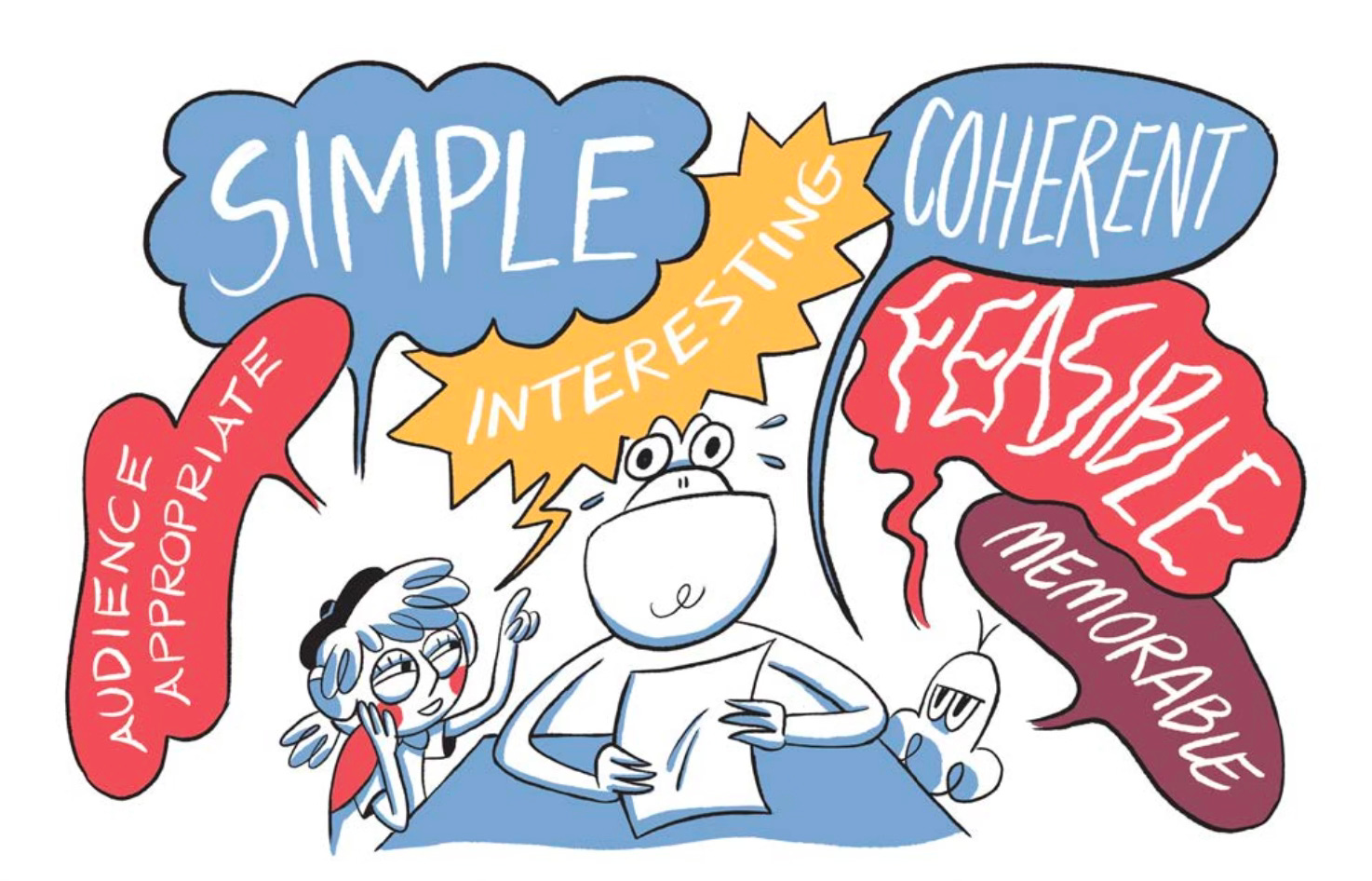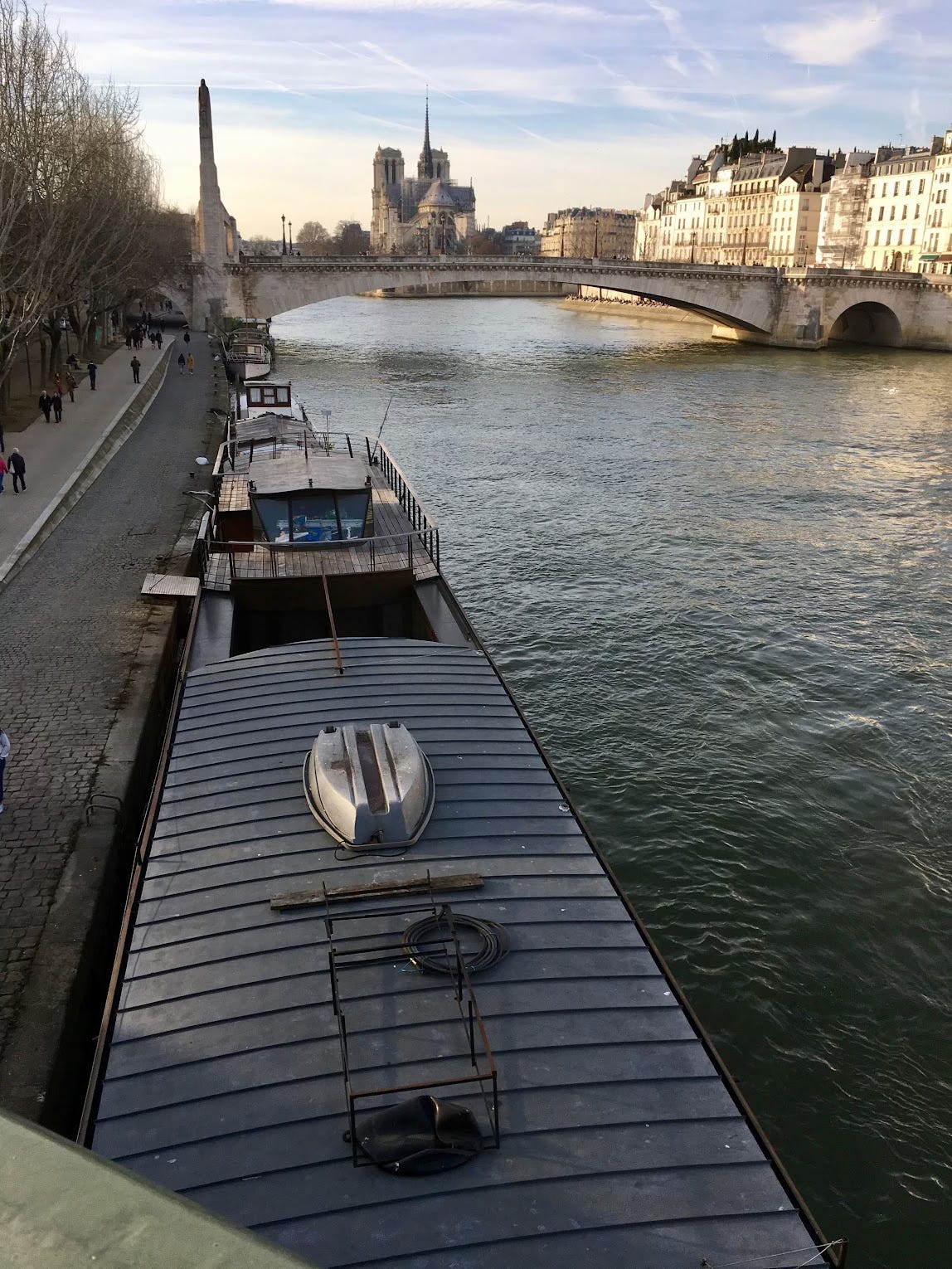What do I write when I can’t think of anything to write? What’s next in my in-progress Paris book? That’s when a notebook comes in handy. As I think of ideas, I write them in my notebook – fragments of sentences, a delicious word, a thought, a sight I’ve seen, part of a conversation spoken … The notebook is my brain bank. It’s a stock of new ideas – some will be used, some will be modified, some will be tested, and some will be discarded. The problem is to keep the brain bank well-stocked with “near-term opportunities” for “cognitive flexibility” in times of writer’s block or the “what’s next?” moment. Nothing is out of bounds in my brain bank. The rule is not to rule anything out. I generate lots of possible creative directions. I try to aim for snippets that might eventuate as something “stupidly simple yet profoundly true.” It starts with small ideas, then a set or series of small ideas. Then I push the ideas further. I get to a point, in some stage of editing, of distilling the essence of the strongest idea and deciding what to try first, then second, then next. The notebook – the brain bank – is not a journal, but I journal too. Journaling also helps me to meditate or mull over ideas; to take half-baked ideas to full-baked ones. However, even full-baked ones might be discarded during the editing process. Ideas are about potential. A potential idea that needs more thought. Perhaps the idea is too vague and needs specifics. Perhaps the idea is too broad and needs to be fenced it – to have constraints and restrictions so that it doesn’t become a runaway train of thought. Perhaps the idea is too utterly ridiculous or too out-of-the-box – but perhaps not. In the end, the “what’s next?” is to identify distinctive, memorable ideas that become so compelling that they HAVE to be in the book. I often use the Edward DeBono method of lateral thinking for sorting ideas. One method that Edward DeBono (1933-2021), author of the 1985 book Six Thinking Hats, used was the “Plus, Minus, and Interesting” sorting system – the PMI. But I’ve recently discovered another method. Here’s a suggestion for how to rank ideas to find the gold in the brain bank. It’s called the Pip Decks SICFAM ranking. The idea is prioritized by scoring an idea against six criteria – ruthlessly! It works best for ranking multiple ideas though. Each idea is scored 1-5 on each of the SICFAM criteria. Simple: how easily could you describe the idea to a child? Interesting: how likely is it that you’d discuss the idea at a party? Coherent: how true does the idea feel to your identity & vision? Feasible: how easily can you do it? Audience-appropriate: how user-friendly is it, so that people will embrace it? Memorable: how likely will people remember it in 30 years? Not all of the criteria apply to ideas to include in a book, but they do help to sort out the most useful ideas from the others – the wheat from the chaff – the gold from the brain bank. Have you missed the other 18 episodes? Find them in the “PARIS as I write” tab of this “The Stories in You and Me” Substack. MY PARIS WEBSITE AND ALL THINGS PARISIAN Photographer: Martina Nicolls PIP DECKS, the fun and engaging how-to guides for business. You're currently a free subscriber to The Stories in You and Me . For the full experience, upgrade your subscription. |
Saturday, 25 May 2024
NEW PARIS BOOK IN PROGRESS IN 2024: BRAIN BANK – Blog 19
Subscribe to:
Post Comments (Atom)
City Nature by Martha Retallick - book review
Nature and art … with water harvesting for dry lands agriculture … and great photography ... ͏ ͏ ͏ ͏ ͏ ͏ ͏ ...
-
thealchemistspottery posted: " "I shall pass through this world but once.If therefore, there be any kindness I can sho...





No comments:
Post a Comment